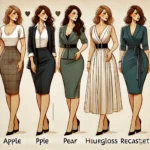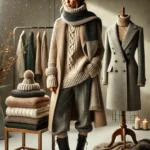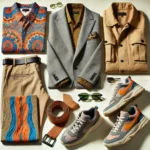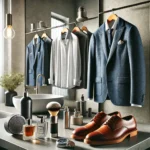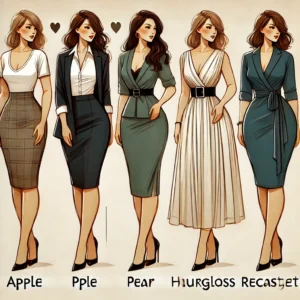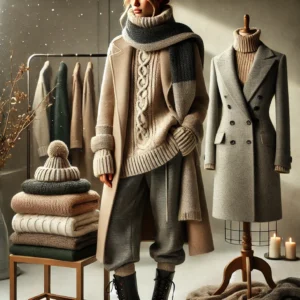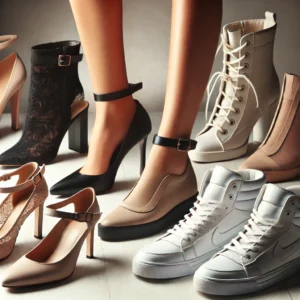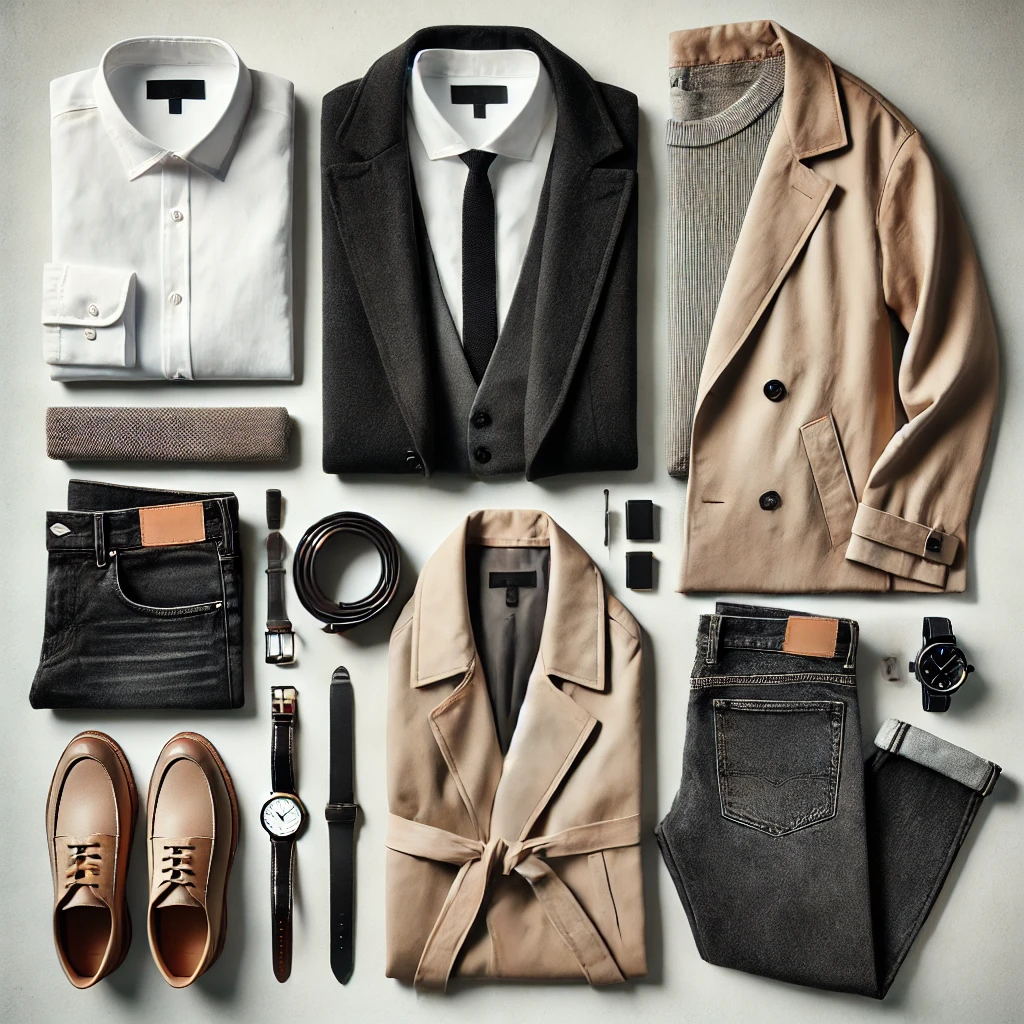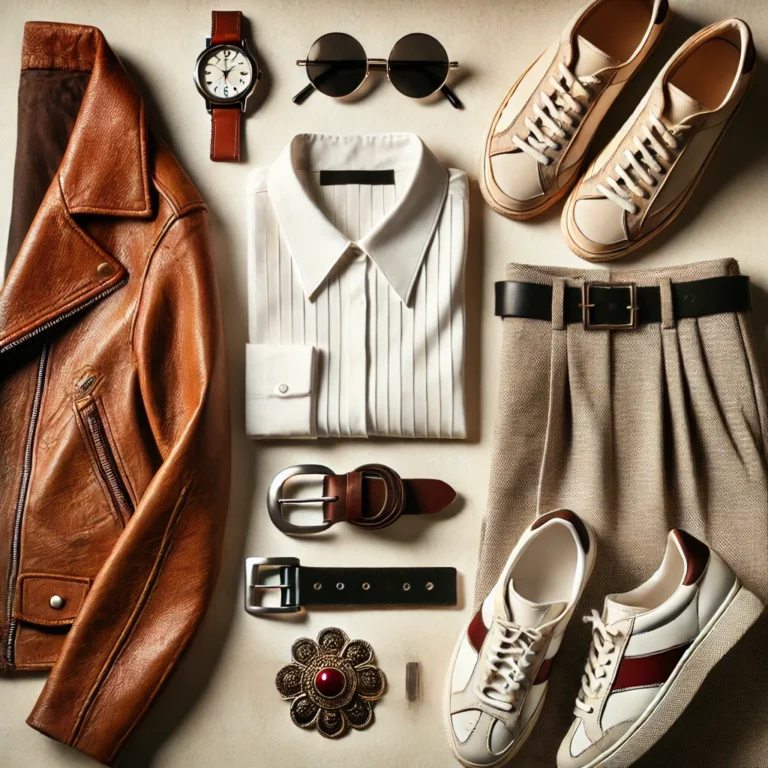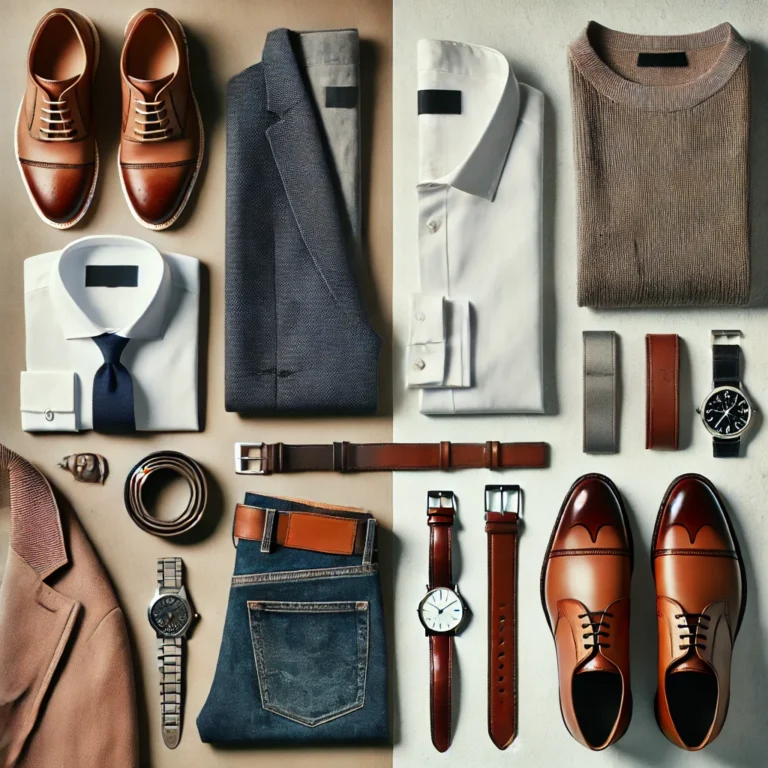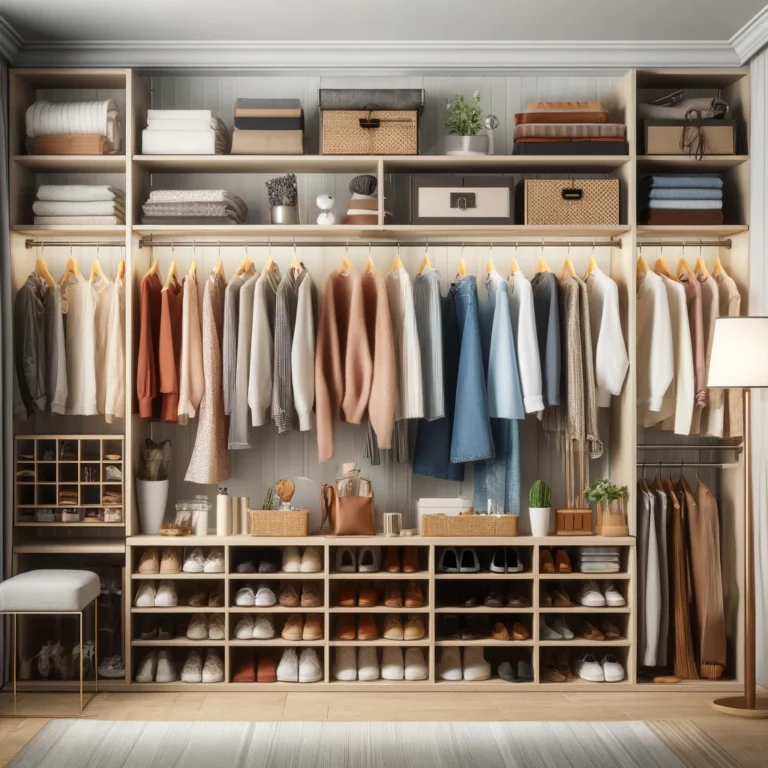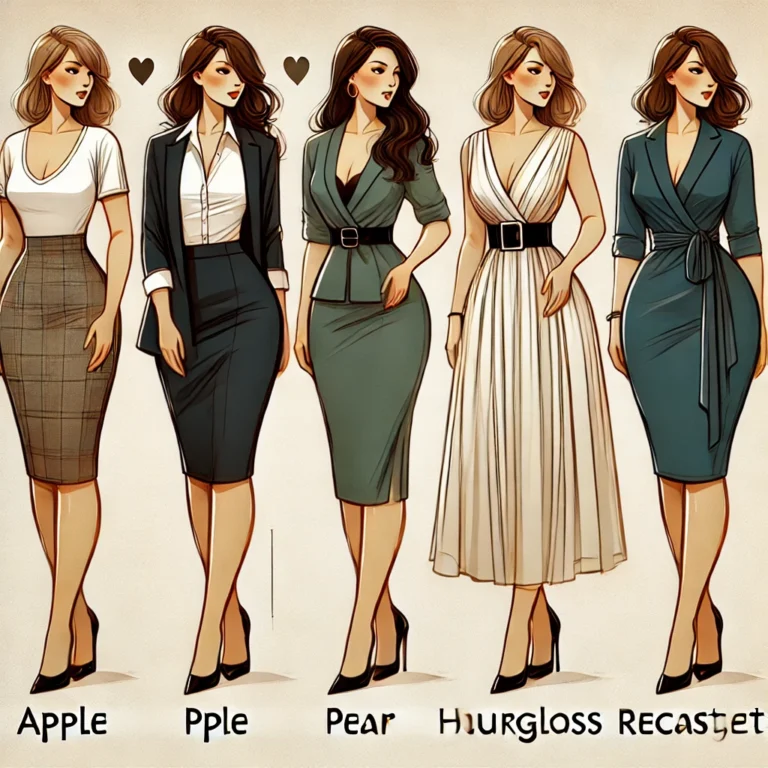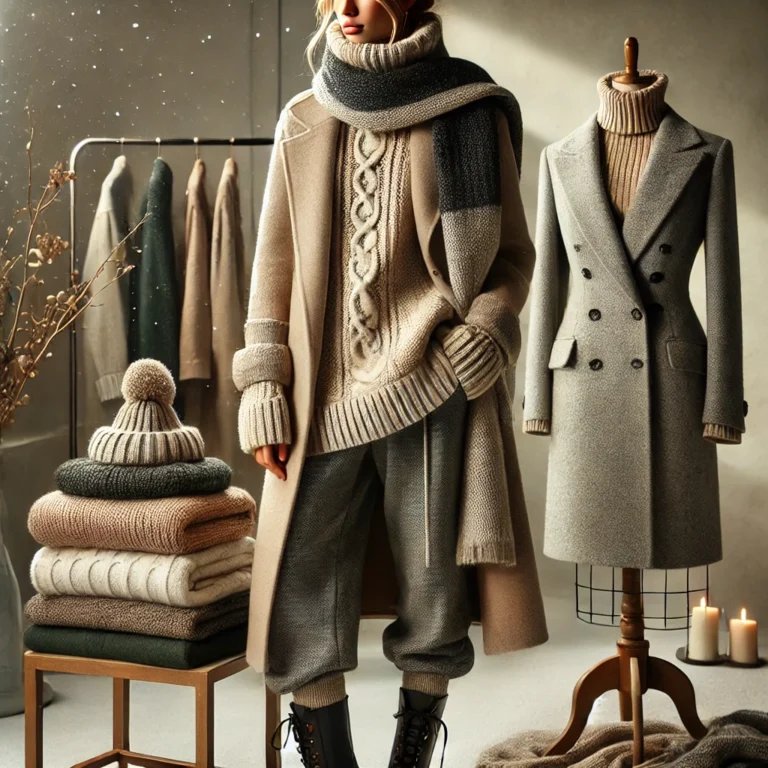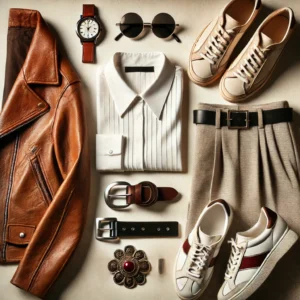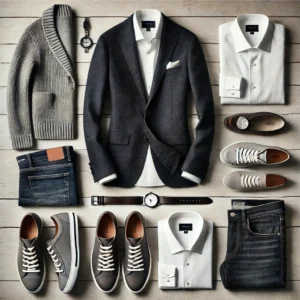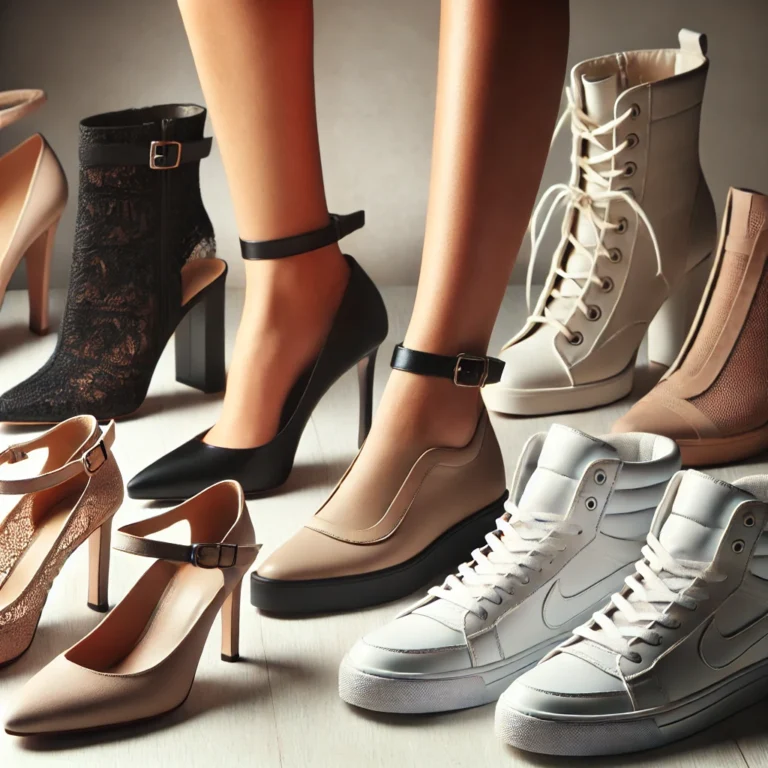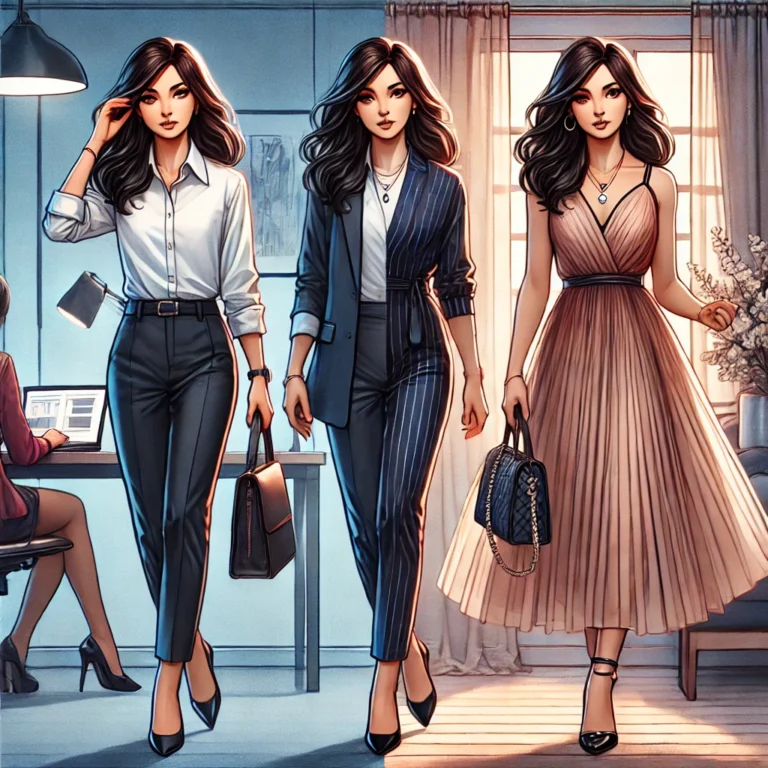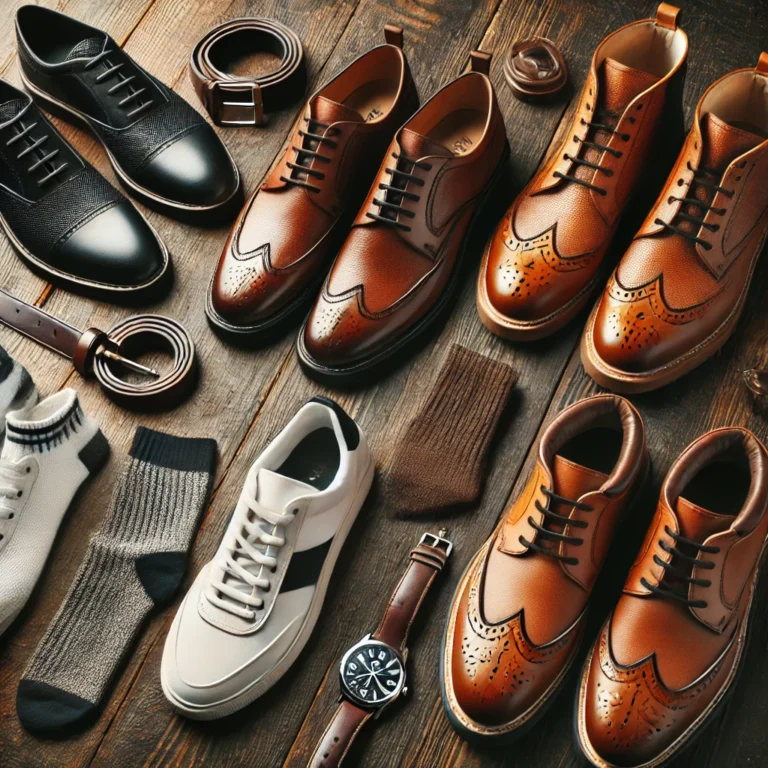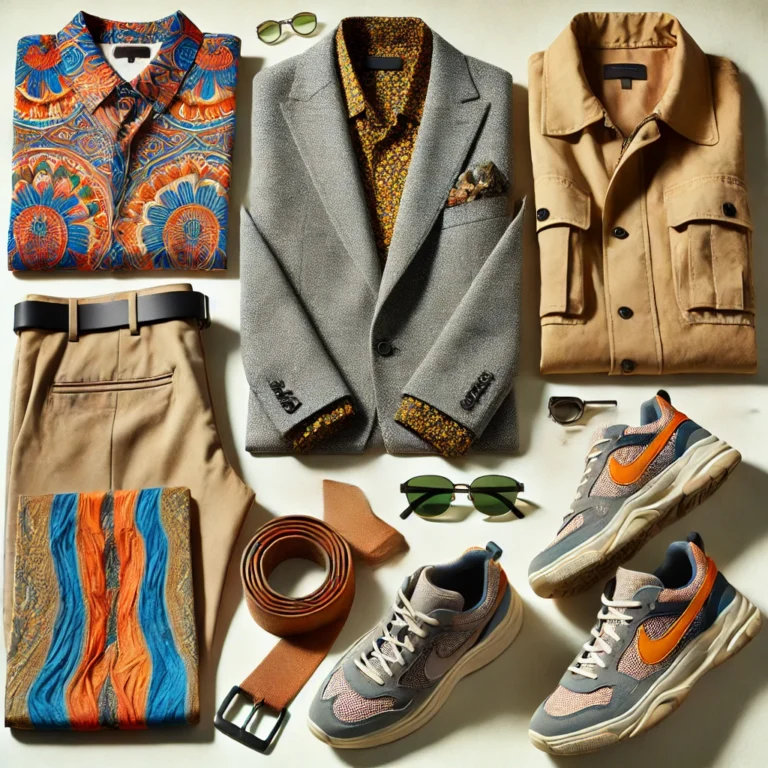The Philosophy of Minimalism: Style Simplified
Minimalism in fashion is not deprivation but intentionality. Doing more with less by owning fewer pieces and maximizing the usage of those pieces is the art of minimalism. A minimalist wardrobe is about curating several thoughtful selections that reflect your personality, suit your lifestyle, and reduce decision fatigue. It’s a question of decluttering and refinement and focus on timeless elegance rather than fleeting trends. Minimalism not only makes your wardrobe simple but creates simplicity in your life, making space in your head for what counts.
Building a Foundation: Essential Pieces
Every minimalist wardrobe begins with the foundation of key pieces. These are the workhorses in your closet, versatile, timeless, and capable of anchoring so many outfits: a crisp white shirt, a tailored blazer, dark-wash jeans, a little black dress, a classic trench coat. Each of these pieces must be able to serve multiple purposes, effortlessly changing from casual to formal with a few minor adjustments.
Focus on fit, fabric, and functionality. A well-fitted pair of trousers or a structured coat in high-quality material can transform your entire wardrobe. Essentials form the backbone of your style, providing the stability to experiment with accessories and layers.
The Art of Mixing and Matching: Unlocking Versatility
The secret to a minimalist wardrobe is in its versatility. Each piece should work seamlessly with others, offering endless combinations. For example, one white blouse can be paired with tailored trousers for a professional look, tucked into a midi skirt for brunch, or layered under a sweater for cozy elegance.
Experiment with proportion, texture, and color. One piece, styled differently, can become a completely new look. This strategy not only saves money but also creates creativity, demonstrating that a small wardrobe can generate infinite possibilities.
Investing in quality over quantity: the power of longevity.
A minimalist wardrobe means quality over quantity. It might seem that low-cost fast-fashion items will be economical in the short term but may fall apart, both durability and style. In the long term, investing in quality garments would mean longevity and thus saving on money and efforts.
Look for items made from sturdy fabrics such as wool, cotton, and linen. Good craftsmanship speaks volumes about the garment-look for strong stitching, functional zippers, and lined interiors-they all scream superior construction. A well-made coat or shoes can wear in gracefully over several years and become a staple of your style.
Learning Layering: How To Add Depth Without Bulk
Layering is a mainstay of minimalistic styling, so you’re able to build depth and totally change up the season with fewer items. For example, a lightweight turtleneck paired with a slip dress, a blazer over a tee, or a scarf over a simple outfit will completely change the look.
Layering also lets you make the most of your wardrobe. What would have been a summer dress is now a winter outfit due to the tights, boots, and cardigan. Mastering this technique can extend the potential of your wardrobe and keep variation without over-stuffing the closet.
Select a Neutral Palette: A Canvas for Creativity
The unsung heroes of a minimalist wardrobe are neutral tones. Coordination can easily happen through the use of whites, blacks, beiges, navy, and greys. Neutral pieces provide the ultimate blank canvas-you’re free to add pops of color or statement accessories without clashing.
This doesn’t mean abandoning color altogether. Adding muted shades like olive green or soft pastels can bring subtle vibrancy to your wardrobe. A neutral palette ensures that every item works in harmony, reducing the need for excessive pieces and making your wardrobe more cohesive.
Sustainable Benefits of a Minimalist Wardrobe
Minimalism aligns with the principles of sustainability, encouraging mindful consumption and reducing waste. Owning fewer items of higher quality reduces your environmental footprint and contributes to a more sustainable fashion industry. Fewer purchases mean fewer resources used, and a focus on durability minimizes the need for constant replacements.
A minimalist wardrobe, therefore, not only encourages sustainable shopping but also encourages secondhand shopping and repurposing, further supporting the eco-friendly aspect. Minimalism is not a personal choice; it’s a statement that style and sustainability can coexist.
A minimalist wardrobe testifies to the power of intentionality. Essential pieces, versatility, and the focus on quality enable you to maintain an effortlessly stylish and sustainable lifestyle. Minimalism is not about having less; it is about using what you have to the best of your potential, proving that simplicity is the ultimate sophistication.

